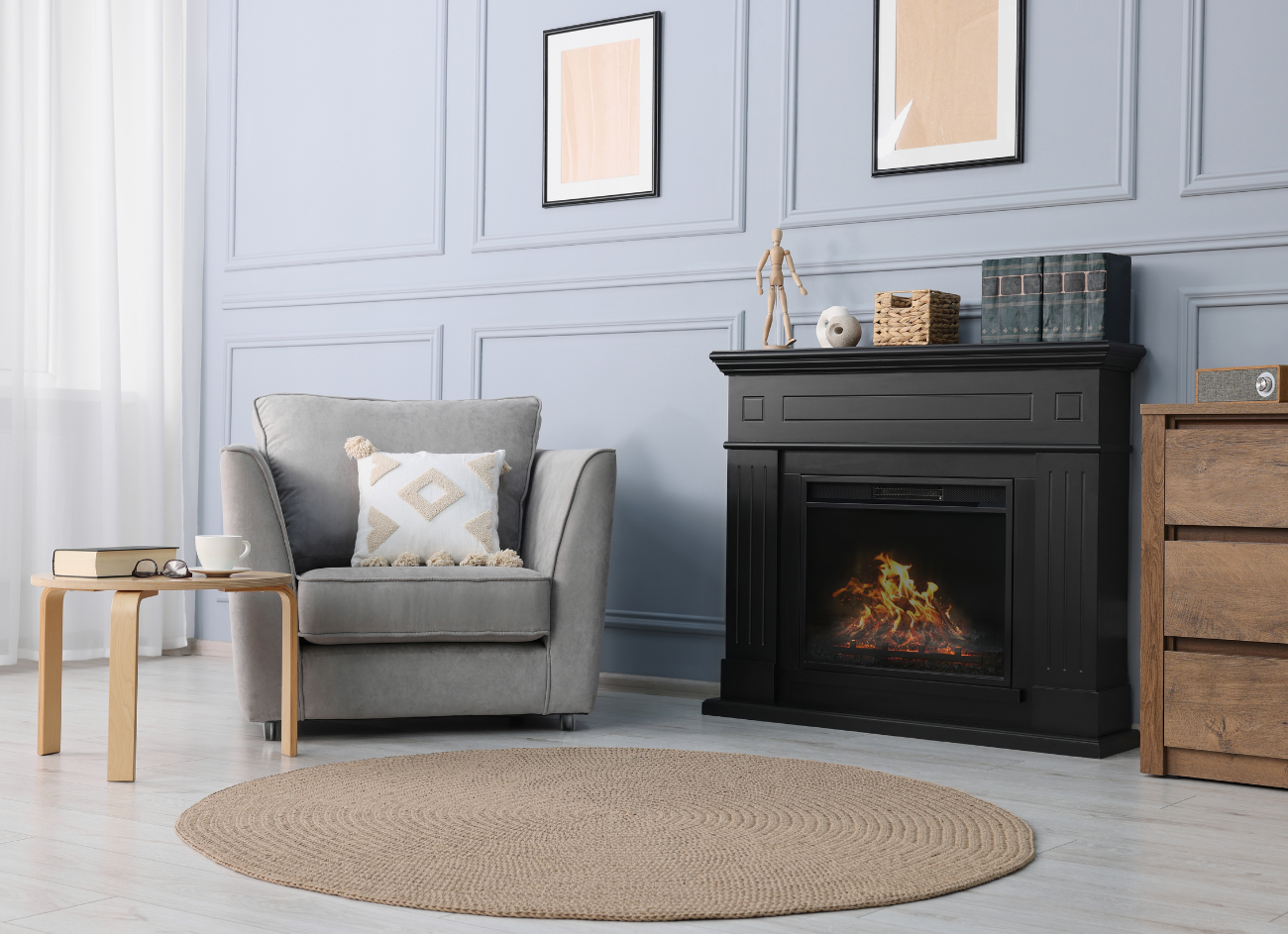When it comes to choosing the perfect rug, the material plays a significant role in both its appearance and durability. From luxurious silk to eco-friendly jute, the variety of rug materials available can be overwhelming. In this comprehensive guide, we’ll explore the most popular rug materials—wool, jute, silk, cotton, synthetic fibers, and more—and help you understand their unique characteristics, pros, and cons to make an informed decision when selecting your next rug.
1. Wool Rugs: Timeless Elegance and Durability
Wool is one of the most traditional and widely-used materials for rugs, known for its luxurious feel, warmth, and resilience.
Key Features:
- Soft and Plush: Wool fibers provide a plush, comfortable texture, making them perfect for living rooms and bedrooms.
- Natural Insulator: Wool is an excellent insulator, trapping warmth and maintaining comfort in cooler seasons.
- Durable and Stain-Resistant: Wool naturally repels dirt, dust, and stains, making it an ideal choice for high-traffic areas.
- Eco-Friendly: As a renewable resource, wool is biodegradable and more sustainable than synthetic materials.
Drawbacks:
- Higher Maintenance: While wool is stain-resistant, it requires regular cleaning and care to maintain its appearance.
- Cost: High-quality wool rugs can be more expensive than synthetic alternatives.
2. Jute Rugs: Natural, Sustainable, and Earthy
Jute is a natural fiber harvested from the jute plant, and it is gaining popularity for its sustainability and rustic aesthetic. Often used in casual and coastal interiors, jute rugs bring a natural, earthy vibe to any room.
Key Features:
- Eco-Friendly: Jute is 100% biodegradable and requires minimal processing, making it an environmentally friendly choice.
- Textured and Stylish: Jute rugs add texture and warmth to spaces with their natural, woven patterns and neutral tones.
- Affordable: Compared to wool or silk, jute rugs are often more budget-friendly.
Drawbacks:
- Less Soft: While jute is durable, it lacks the softness of wool or silk, which might not be ideal for areas where comfort is a top priority.
- Not as Stain-Resistant: Jute rugs tend to absorb moisture, making them more susceptible to stains and mildew, especially in damp areas.
3. Silk Rugs: Luxury and Opulence
Silk rugs are the epitome of luxury and sophistication. Known for their fine texture and beautiful sheen, these rugs are often handcrafted and come with a higher price tag.
Key Features:
- Luxurious and Soft: Silk rugs are incredibly soft to the touch, offering a refined, delicate texture.
- Rich Colors and Intricate Patterns: The natural sheen of silk enhances colors and patterns, making it an ideal choice for traditional and high-end spaces.
- Light Reflective: Silk’s reflective qualities add an elegant, glimmering effect to any room.
Drawbacks:
- Delicate and Prone to Damage: Silk rugs require extra care and are vulnerable to wear and tear, fading, and stains, especially in high-traffic areas.
- Expensive: Silk rugs are a significant investment, often found in antique collections or luxury homes.
4. Cotton Rugs: Light and Breathable
Cotton is a versatile and lightweight rug material that’s perfect for casual spaces like kitchens, bathrooms, and bedrooms. It offers comfort, breathability, and ease of maintenance.
Key Features:
- Soft and Comfortable: Cotton rugs are gentle on the feet and provide a cozy feel underfoot.
- Machine Washable: Unlike many other rug materials, cotton rugs can often be machine-washed, making them low-maintenance.
- Affordable: Cotton rugs are typically more budget-friendly than wool or silk rugs.
Drawbacks:
- Less Durable: Cotton isn’t as durable as wool or synthetic materials and may wear out more quickly in high-traffic areas.
- Prone to Fading: Over time, cotton rugs can lose their vibrant color, especially with frequent washing or exposure to sunlight.
5. Synthetic Rugs: Affordable, Stain-Resistant, and Versatile
Synthetic rugs, made from materials like nylon, polyester, and polypropylene, are some of the most popular choices for budget-conscious shoppers. They’re known for being highly durable, stain-resistant, and easy to clean.
Key Features:
- Durability: Synthetic rugs are resistant to wear, fading, and stains, making them ideal for high-traffic areas and households with pets or children.
- Low Maintenance: These rugs are easy to clean, and most are designed to resist dirt and moisture.
- Cost-Effective: Synthetic rugs are more affordable than natural fibers like wool and silk.
Drawbacks:
- Less Luxurious: While practical, synthetic rugs lack the luxurious look and feel of natural fibers.
- Not Eco-Friendly: Most synthetic materials are made from petroleum-based products and are not biodegradable.
Conclusion
Choosing the right rug material depends on your preferences, lifestyle, and budget. Wool is a great choice for durability and luxury, while jute brings a natural, rustic charm to your home. Silk offers elegance and refinement, but at a higher cost and with more delicate care requirements. Cotton is perfect for casual settings and easy maintenance, while synthetic rugs provide affordability and practicality for busy households. Understanding the pros and cons of each material will help you find the ideal rug to complement your home and meet your needs.


